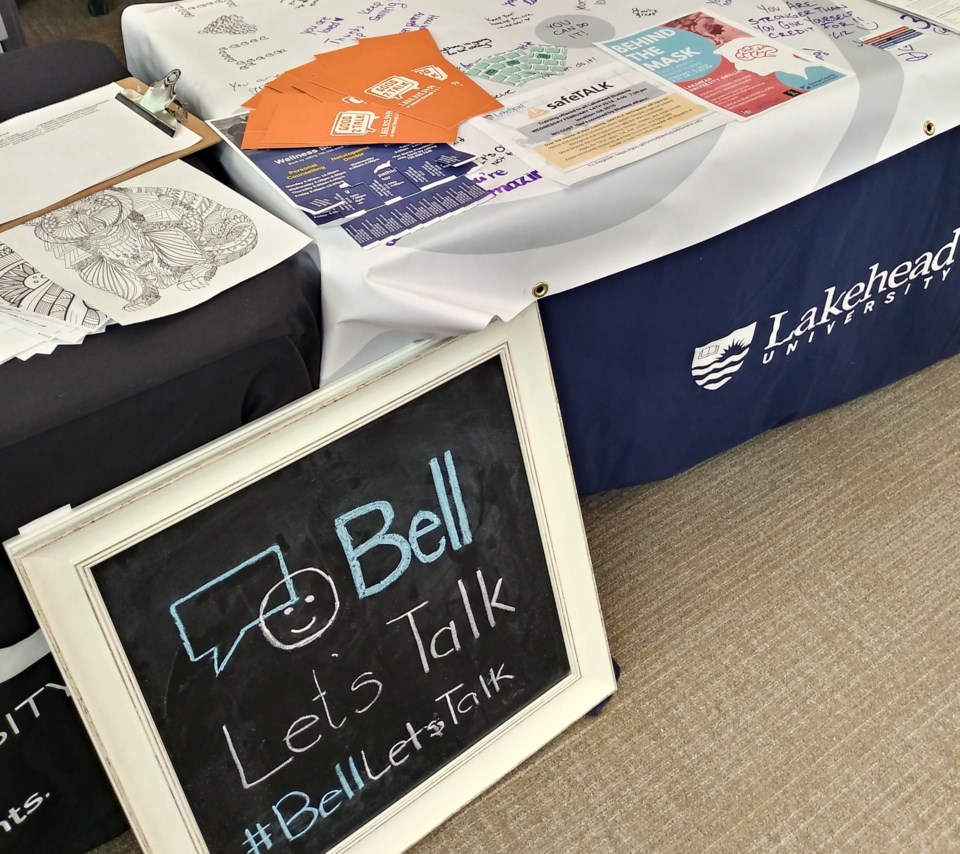NEWS RELEASE
BROCK UNIVERSITY
***************************
Bell Canada has more work to do before the public will forget past criticism of its #LetsTalk campaign for mental health, according Brock University researchers.
The telecommunications giant announced earlier this month it would make a lump-sum $10-million donation to mental health organizations in place of the previous format that saw five cents donated each time #BellLetsTalk was used on social media or in a text during the one-day fundraiser, held annually on Jan. 25. But while the change in strategy for the company may be aimed at taming past criticism of the company and campaign, the public is not quick to forget, say the professors in a news release.
Todd Green, Brock University Associate Professor of Marketing, International Business and Strategy, says the company’s former approach relied on customers to drive Bell’s philanthropic donations, which “left a bad taste in some consumers’ mouths.” Green, whose research focuses on corporate social responsibility (CSR), including consumer response and the role of CSR in marketing communications, says taking the responsibility out of customers’ hands and proactively donating is a step in the right direction, but more action is needed.
Bell Let’s Talk Day has been highly criticized in recent years, due in part to widespread company layoffs within weeks of the initiative in 2021, followed by public complaints by employees about workplace culture in 2022.
Green says when it appears organizations are not following through with causes they claim to care about, and not providing related supports to their employees, it can be detrimental to their image.
Consumers will be closely watching Bell Canada’s actions before, during and after Let’s Talk Day, which will speak volumes above the $10-million donation, he says.
Brock University Accounting Professor Hemantha Herath says that while the lump-sum donation was a favourable move for the telecom company, sharing more detail on specific programs the funds are supporting would help to rebuild the public’s trust.
Herath’s research examines the breakdown of where and how charities allocate their funds between program activity, administration and fundraising. The public, he says, is often more supportive of non-profit organizations that can demonstrate they put the majority of their funds towards program activity.
“If Bell can show how much of this $10 million will be put towards program activity at the organizations its supporting, there will be more buy in,” Herath says. “It will carry weight with the public if they can show exactly where their money is going, which may encourage further support of the charities they’ve chosen.”
****************************
